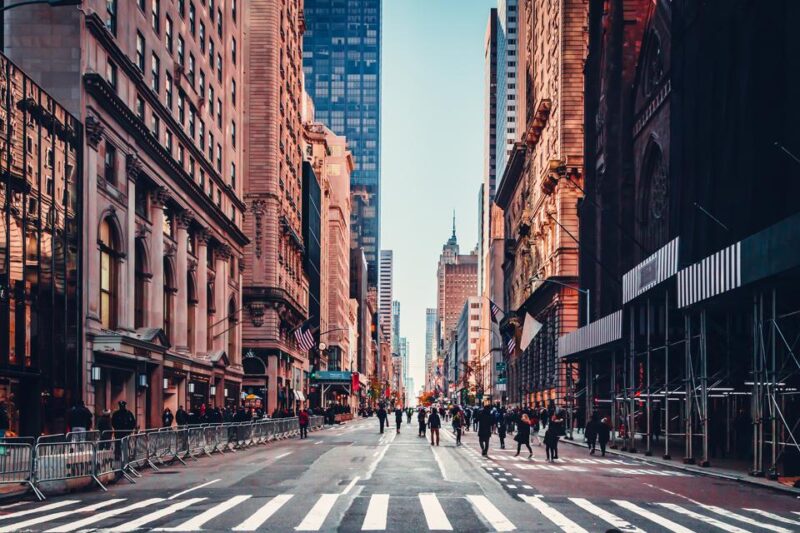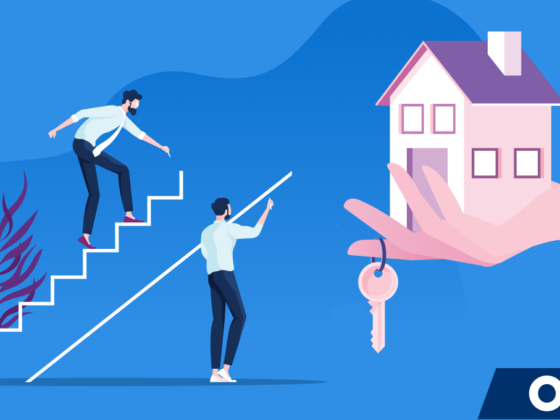New York has been impacted seriously by the COVID-19 pandemic, with the most employment losses among the country’s primary urban areas. It has been endeavoring to recuperate from the pandemic’s monetary impacts. Different proposals on a few homes were predominant in most market areas, as stock imperatives and solid purchaser demand kept pushing up home costs.
Home prices are likely to rise even further in 2024, continuing the increasing trend of the previous year. Given the possibility that mortgage rates will climb throughout the year, house affordability will be a key metric to watch.
This article will give you some of the latest stats and trends about New York Real Estate.
Stats and Trends For Renters
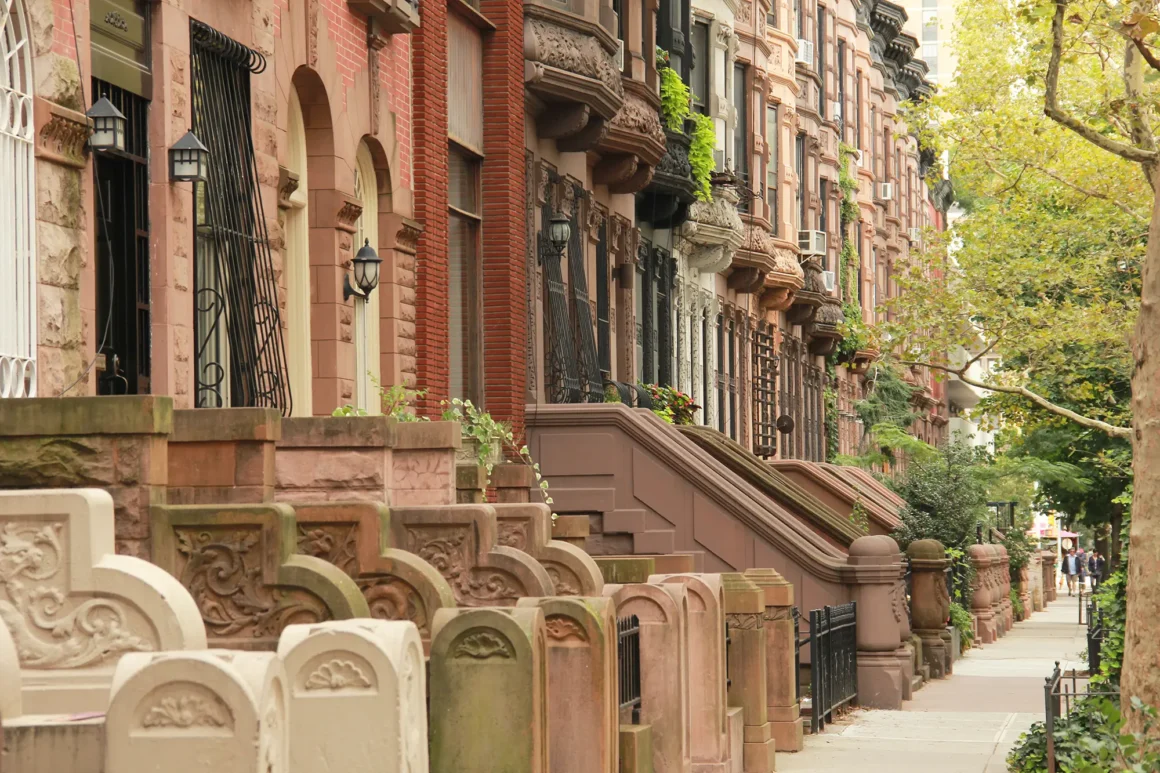
You could be discouraged if you’re looking for a rental in 2024. It’s challenging to find a rental nowadays, and the arrangements that property managers were presenting during the pinnacle of the pandemic have essentially disappeared. Due to energetic renting action in the fall, Manhattan’s rental stock dove. The rental business sectors in Brooklyn and Queens saw comparative lease rises and wild renting.
However, you might be able to get some relief in the coming months. After a year of rapid growth, the rental market is cooling down and approaching more seasonal levels. This could be because NYC has previously reestablished 3/4 of the populace lost during the closure, demonstrating a further easing back in rental interest this colder time of year.
The top and low finishes of the rental market are going about as though they are in two particular urban communities now like never before: When contrasted with non-custodial rental structures, rents in porter structures are expanding at a quicker rate. As the pandemic declines, most anticipate this pattern, driven by the requirement for bigger lofts to oblige New Yorkers to telecommute and invest more energy in their condos.
In November, the median rent in Manhattan buildings was $2,650, up 6% from November 2020. While rents are rising, they have not yet reached pre-pandemic levels—in November 2019, the median rent for a non-doorman building was $3,000.
Luxury Real Estate Will Be On Rising
Luxury NYC real estate appears to be on the rise. The most costly tiers of residences in Manhattan and Brooklyn are growing fastest. Because of the rise in several tech stocks during the epidemic, the wealthiest grew even wealthier. Furthermore, in November, fully vaccinated international visitors were permitted to return to the United States. After the pandemic break and repressed demand, this relocation could bring about more global interest in private land in New York City and expand luxury interest.
In the New York market, particularly in the luxury segment, prices have already recovered. Pricing has been under pressure due to strong demand and limited supply. This is anticipated to continue as inventory shortages in some parts of the market worsen, while demand is expected to stay strong. Although price growth will be slower than in the previous year, we expect it to continue. Price increases are also aided by supply disruptions, which have boosted input and replacement costs.
Increase in Homeownership
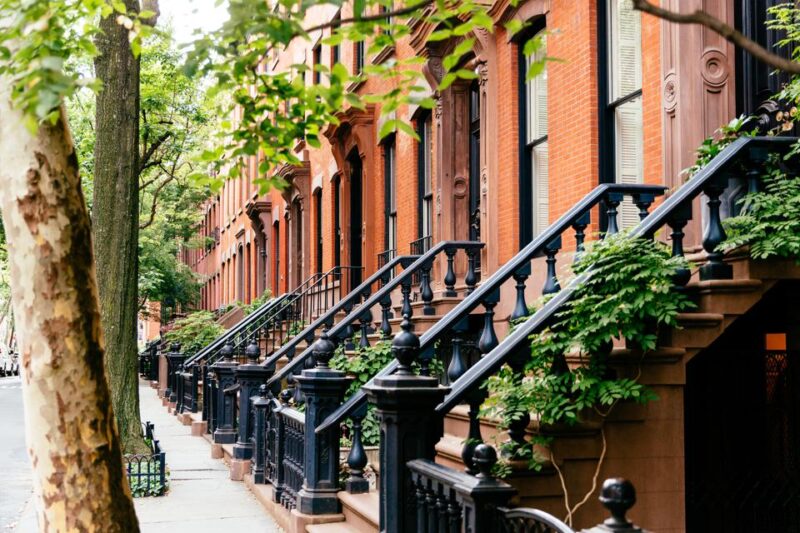
The US homeownership rate was 64.2 percent in the first quarter of 2019. By the first quarter of 2020, the figure had risen to 65.3 percent, with 67.4 percent in the third quarter. This indicates consumer demand for their residences. The primary motivators may be health and safety concerns. Working from home and resuming social activities could also be factors. This can be deduced from the previously indicated rise in housing preferences, such as requests for home offices, outdoor amenities, and larger areas.
Transition to Second-Tier Cities
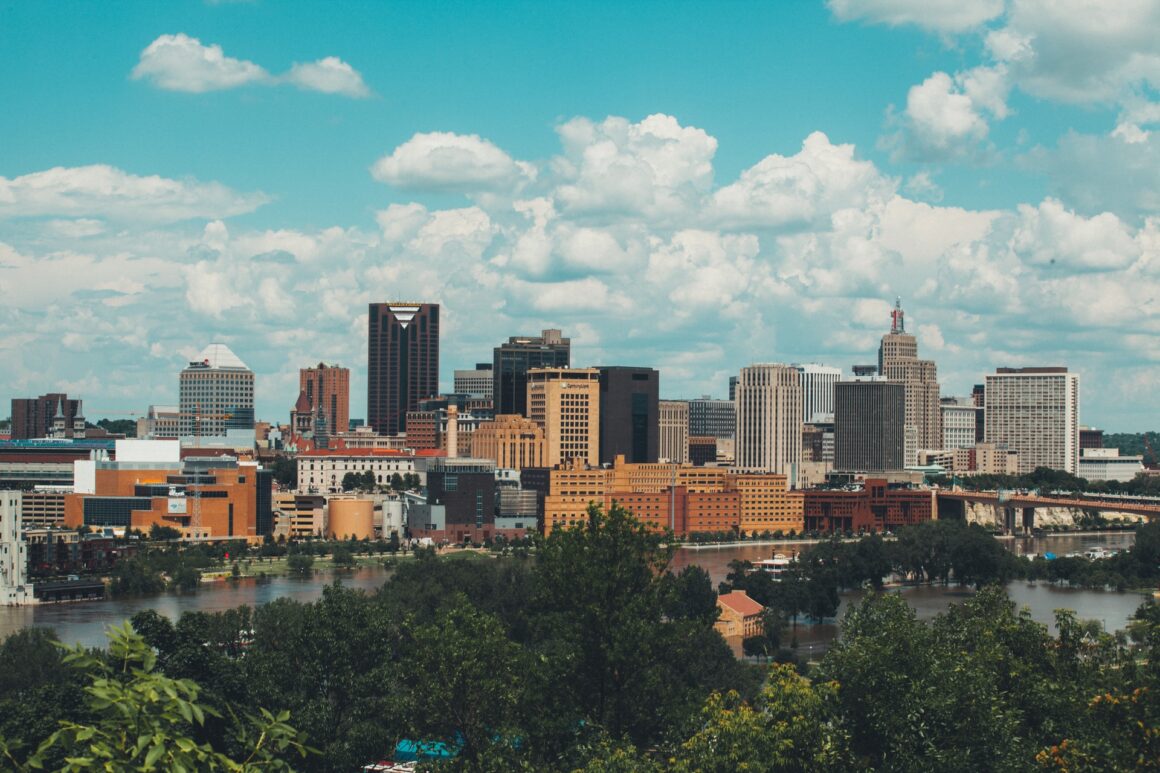
Because of the great costs in first-level urban communities, land financial backers and purchasers have been settling in second-level urban areas. The money invested in these locations has increased dramatically, resulting in greater real estate values. Large corporations are also leaving first-tier cities for second-tier locales. These financial flows are thought to boost economic growth and increase the value of the real estate in second-tier cities.
The flood of interests into second-tier urban communities is anticipated to generally adjust rates of return in the two business sectors, bringing about an ascent in the worth of land in second-tier urban communities.
Even before the outbreak, the tendency was strong. The pattern is becoming more pronounced now. According to one survey, 15% to 28% of inhabitants in large cities plan to leave. Over 60% said the pandemic had influenced their decision to relocate.
Use of Technology Innovation
Technology is nothing new to the real estate industry. In the following years, the sector will likely continue to incorporate new technology. Smart home technology, online house selling platforms, and apps are among the technologies predicted to find use in the sector. An increase in the number of startups and high-tech enterprises serving the sector is expected, with many focusing on making transactions speedier.
Building design and management are areas where artificial intelligence is likely to play a role in real estate. Machine learning is also becoming more prevalent in public settings, particularly in property design and urban planning. AI has aided in the design of office spaces as well. Even better, many property owners are turning to the best facility management tools to assist them in managing their buildings.
Consumers are also going digital, according to 2020 data. A significant 44 percent of new homeowners seek homes for sale online initially.
Is New York City a Good Place to Invest in Real Estate?

Many real estate investors wonder if purchasing a property in New York City is a wise investment. The truth is that New York property prices are not only among the most costly in the city but also among the most expensive in the United States. Due to the high cost of real estate in New York City for many investors, there are various alternative regions where you can invest in real estate.
Because housing availability is increasing and competition is less, now is an excellent time to buy a home in New York. The property market in NYC is currently more buyer-friendly than seller-friendly. Buyers have been quicker to return to the home market following the economy’s gradual opening. They appear to want to take advantage of the low mortgage rates to buy their dream homes.
